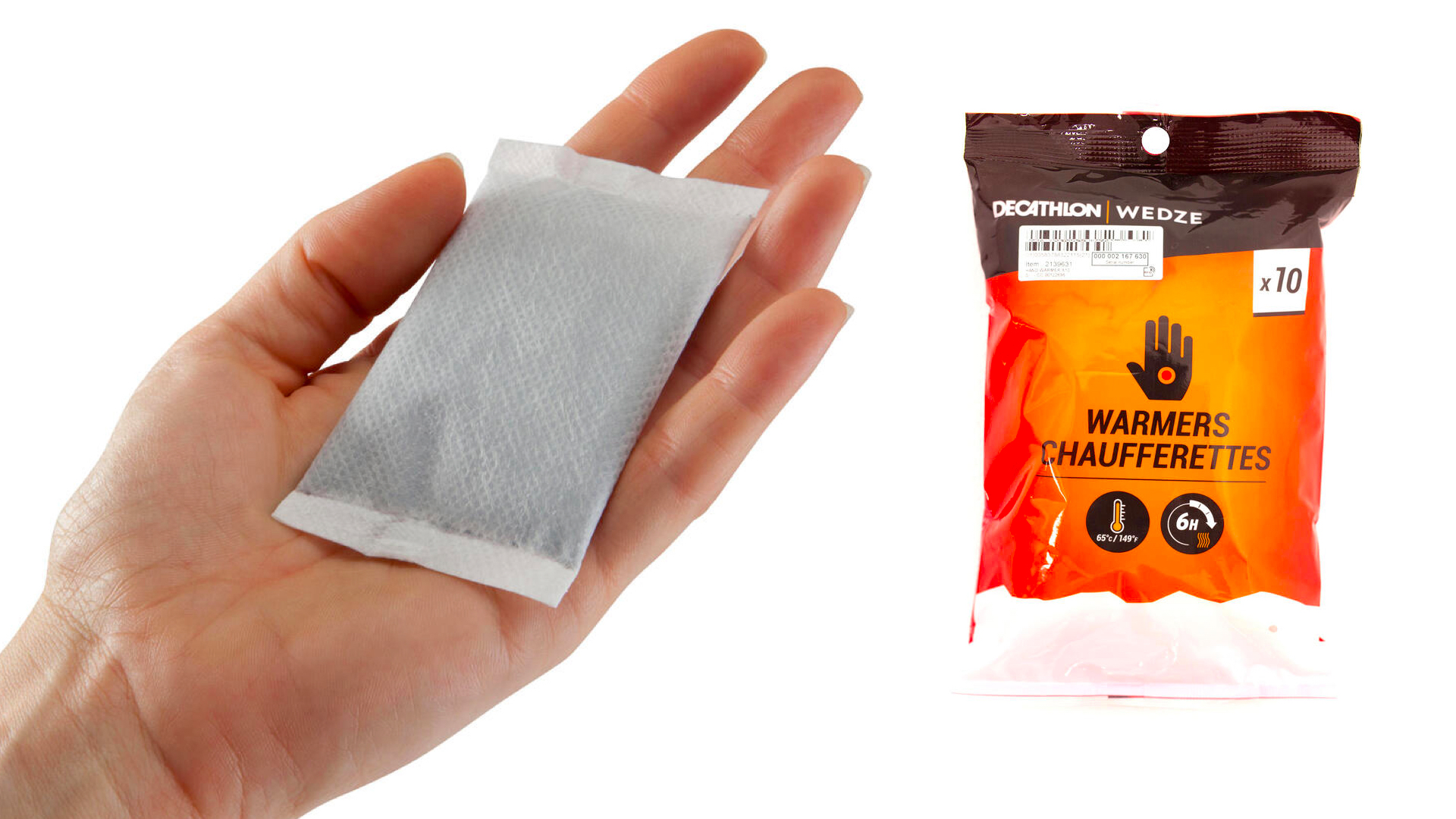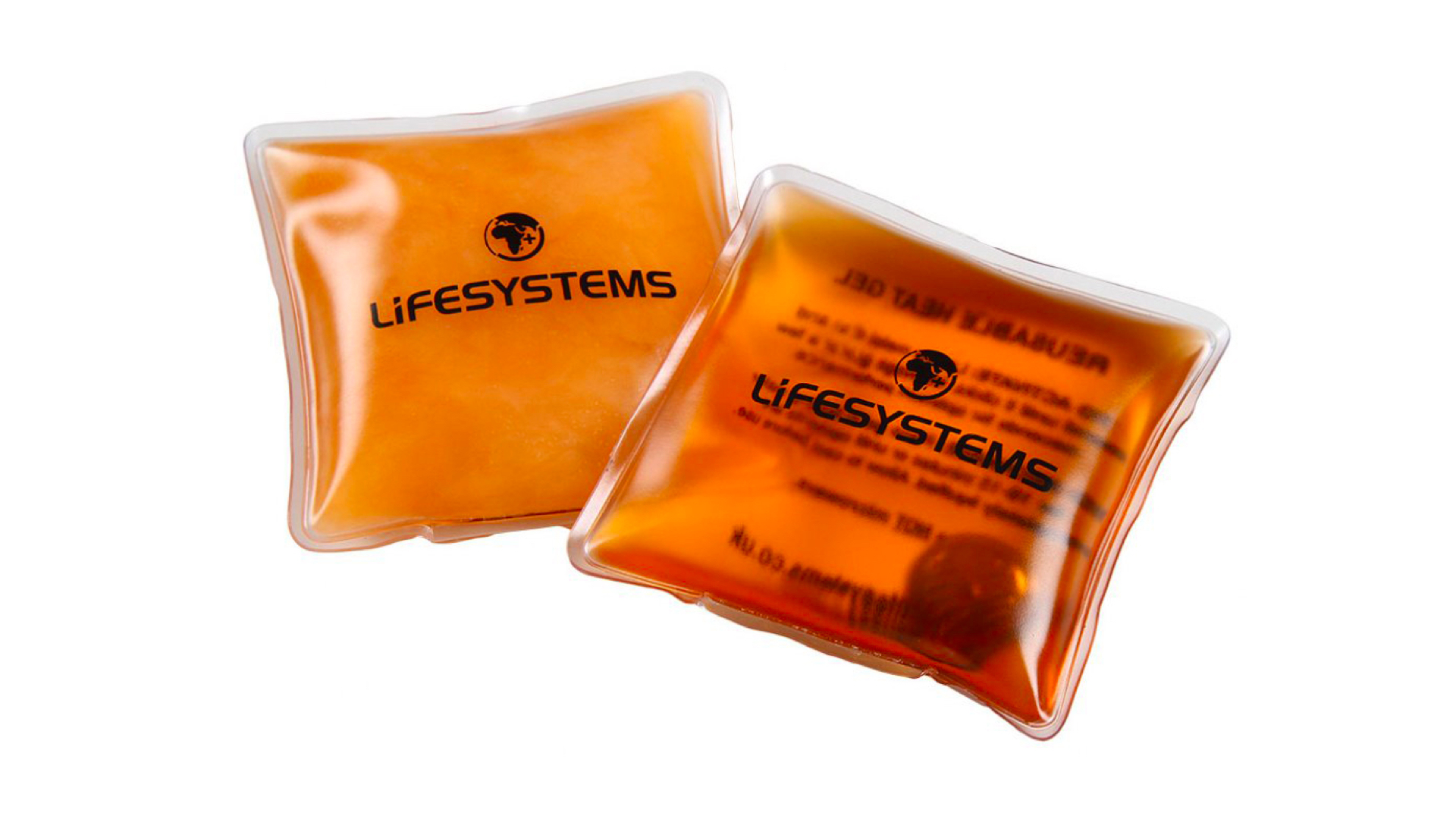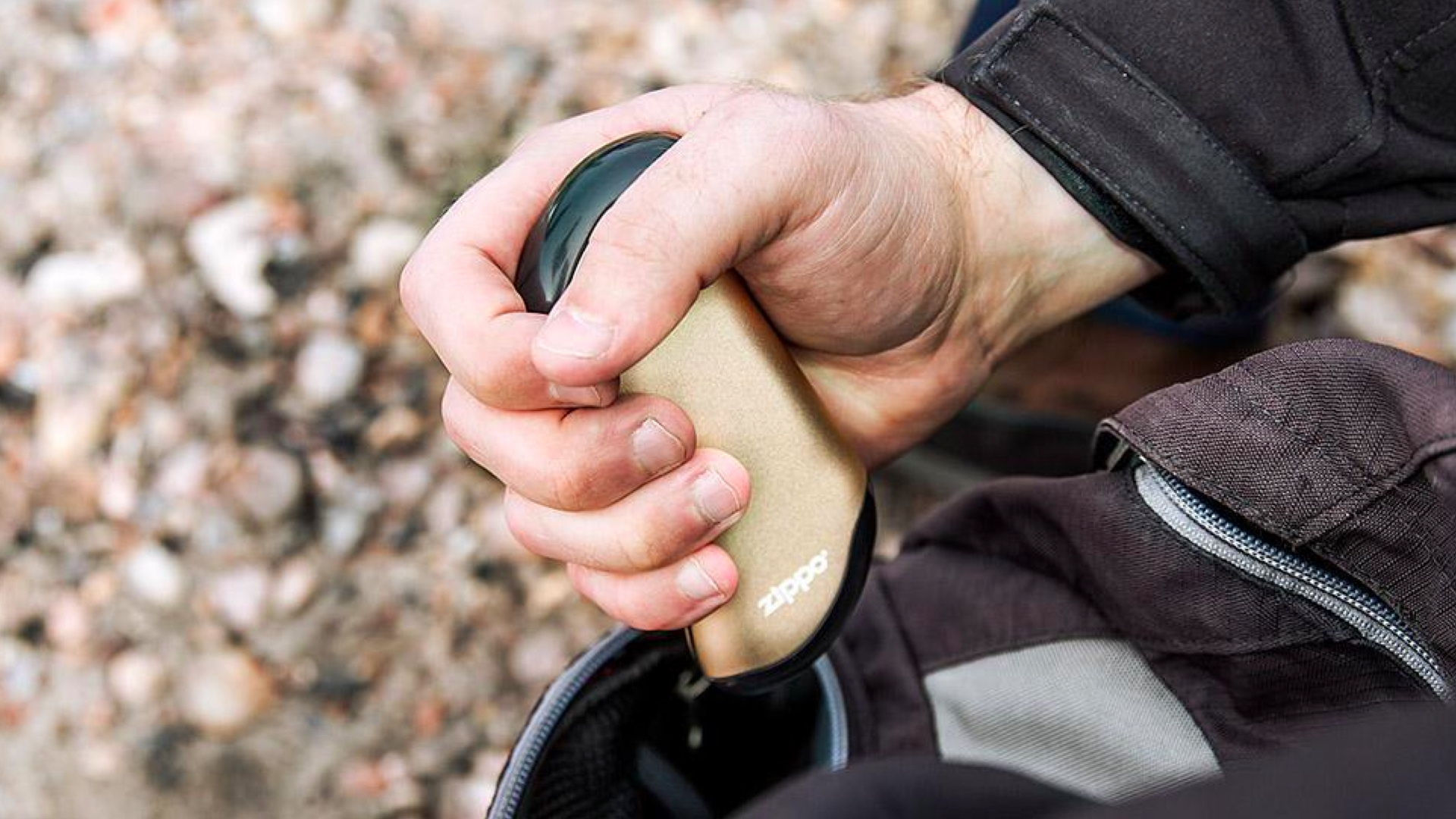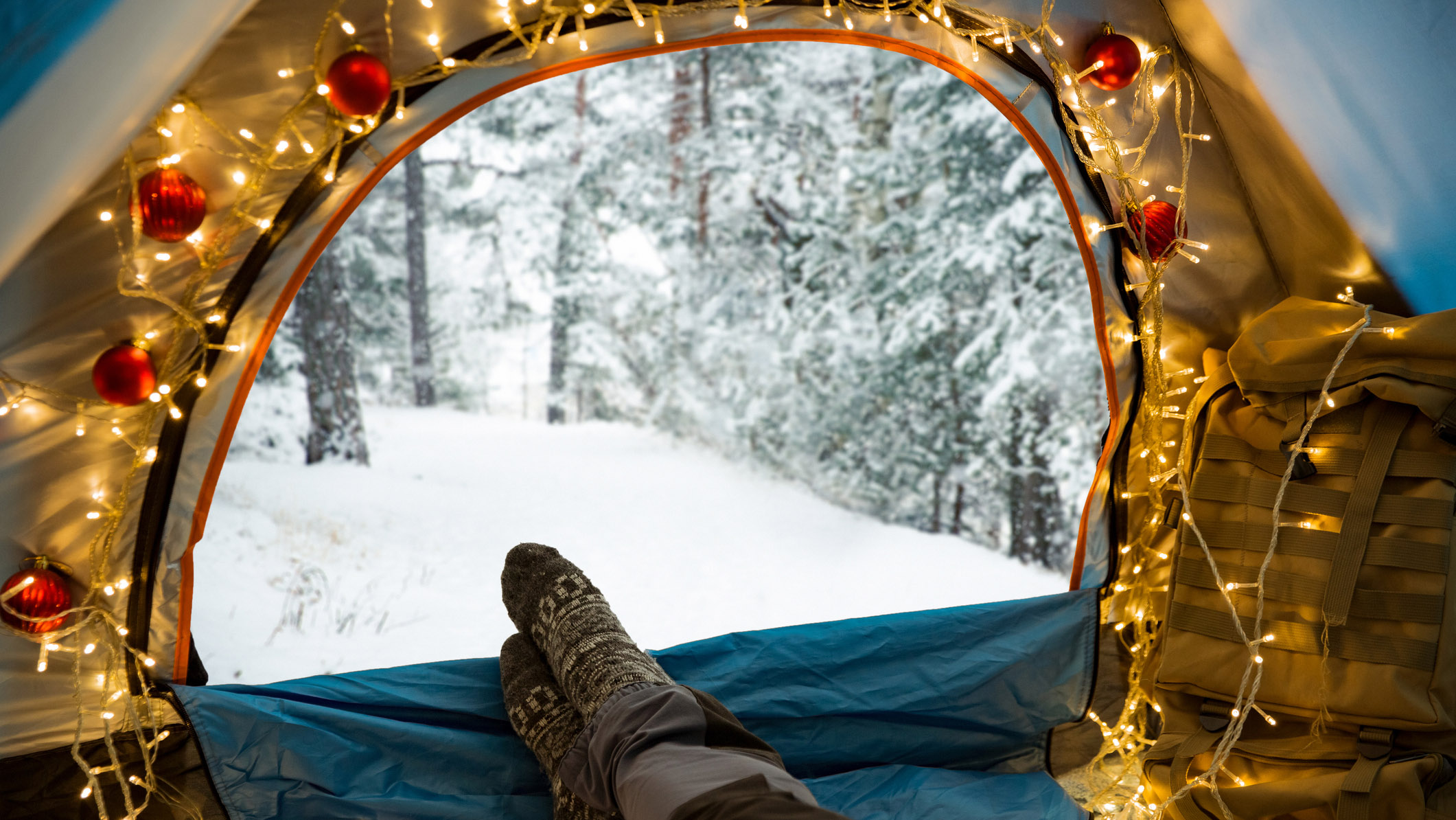How to use hand warmers on frosty expeditions
We walk you through how to use hand warmers to keep your body and your gear warm, as well as the different types of hand warmers on the market today

Crunching through deep snow while your breath plumes out into the crisp winter air is magical – but not when your fingers feel like they have frostbite. Whether you’re participating in winter sports in extreme temps or you’re just more prone to cold weather, you might be looking at some hand warmers to add a little punch to your best insulated gear. While thermal underwear, down jackets and insulated sleeping bags all work by directing your own body heat back towards you, hand warmers generate extra heat and can be a life saver in cold weather. But do you go for the little packets at the supermarket checkout, or something more high tech? And what do you do with them?
In this article we walk you through how to use hand warmers to keep your body and your gear warm, as well as the different types of hand warmers on the market today and how they all work. Once you’ve chosen the best type for you, carry one or two in your first aid kit or backpack for added safety and comfort on wintery trails.

How do hand warmers work?
There are several different types of hand warmers, which we’ll discuss in the next section, and they all work in slightly different ways. However, the basic concept is that a chemical solution or fuel source is activated to create heat for a limited time within a confined space such as a pouch or case. The object heats up then stays warm, usually for several hours. To use it to keep your hands (or another part of your body) warm, it’s best to use it within a confined space, such as inside a glove, jacket pocket or sleeping bag. Some hand warmers can be used indoors, while others cannot, so keep reading to understand the differences.

What are the different types of hand warmers?
There are several main types of hand warmers:
- Air activated: These single-use, disposable hand warmers are the most common type (the ones you see at the supermarket checkout) and contain several chemicals that rust when exposed to air, creating heat. They’re not the most economical or environmentally-friendly, but are reasonably safe when used properly.
- Supersaturated solution: Otherwise known as gel-based hand warmers, these contain a liquid that warms up when activated by a release button or snap, not unlike the process behind air-activated hand warmers. Though these are designed to be single-use, you can heat them back with boiling water to get a few more uses out of them.
- Battery-powered: Just as the name suggests, these hand warmers are powered by a battery that is rechargeable and gives several hours of heat for an economical and environmentally-friendly option (so long as you don’t toss the battery in the landfill).
- Charcoal-powered: This odd-sounding type of hand warmer is an old-fashioned device where a stick of charcoal is activated with a flame and placed inside a case that looks like a glasses case. It burns inside to create heat, but also pollution and carbon monoxide. It’s not the most economical option and should only be used outdoors.
- Lighter fuel: If this one sounds a little scary, that’s because it is. These hand warmers don’t have a live flame, but they do use combustible lighter fluid to generate heat (and carbon monoxide). They can be refilled as many times as you like so they’re more economical and non-disposable, but they should only be used outside (not in a tent) and with extreme caution.

How long do hand warmers last?
We tested out the best hand warmers this winter, and we found they last anywhere from under an hour (Lifesystems Reusable Hand Warmers) all the way up to a whopping 14 hours with the Lifesystems Rechargeable Hand Warmer XT. If you’re just looking for a light pair to carry in your backpack in case you get a bit chilly towards the end of your hike, something that lasts an hour is probably fine, but for something that you want to keep you warm all night long, invest in something with more longevity. Check the Maximum Heat Time of your hand warmers to make sure they’ll meet your needs.

How to use hand warmers
Always read the instructions on your hand warmers before using them, since some aren’t designed to come into direct contact with your skin, while others shouldn’t be used in an enclosed space. The following are some general ways you can use hand warmers:
1. To warm your hands
Hand warmers work best to warm your hands when you’re wearing insulated hiking gloves over the top to direct the heat back to your hands. Simply activate your hand warmers then hold them in your palms while you pull your gloves on. Alternatively, you can hold the hand warmers in your hands and place your hands in your jacket pockets.
All the latest inspiration, tips and guides to help you plan your next Advnture!
2. To warm your feet
Hand warmers aren’t just for your hands and many of us suffer from cold feet more than any other part of the body. You can use hand warmers on your feet, but we don’t recommend just shoving them inside your shoes. Putting gel hand warmers inside your shoes can be dangerous (they might pop and burn you!) and walking with something extra stuffed inside your hiking boots can cause rubbing, so we recommend wearing insulated winter hiking boots and a pair of the best hiking socks to keep your feet warm, and when you stop walking or get inside your tent, put hand warmers inside your socks. If you’re looking for something to keep your feet warm while skiing, there are foot warmers for just that purpose.

3. To warm up your sleeping bag
For cold weather camping, we definitely recommend investing a in a 3-season sleeping bag, using a sleeping bag liner and of course, wearing your thermal underwear, but you can make your sleeping bag extra inviting by placing a few hand warmers inside it half an hour before bed so it’s nice and toasty when you are ready to crawl in for the night.
4. On your water bottle
If you’re on a winter hike and it’s cold enough that your water is starting to freeze, leaving you without any hydration, you can use hand warmers to melt your water. The best approach is to put your water bottle inside something, such as a beanie hat or wrap a fleece jacket around it, then slide a hand warmer or two in next to the water bottle.

5. To keep your phone warm
Navigation, emergency calls and photographs are just three good reasons why you might want to take your phone out with you on wintery expeditions but your phone battery hates the cold as much as your fingers do. To keep your phone (and any other battery-powered devices) from dying in cold weather, you can wrap it up with a hand warmer inside a piece of insulated gear like a hiking glove to bring it back to life.
- The best hiking gloves: keep your hands cozy on winter expeditions
Julia Clarke is a staff writer for Advnture.com and the author of the book Restorative Yoga for Beginners. She loves to explore mountains on foot, bike, skis and belay and then recover on the the yoga mat. Julia graduated with a degree in journalism in 2004 and spent eight years working as a radio presenter in Kansas City, Vermont, Boston and New York City before discovering the joys of the Rocky Mountains. She then detoured west to Colorado and enjoyed 11 years teaching yoga in Vail before returning to her hometown of Glasgow, Scotland in 2020 to focus on family and writing.

